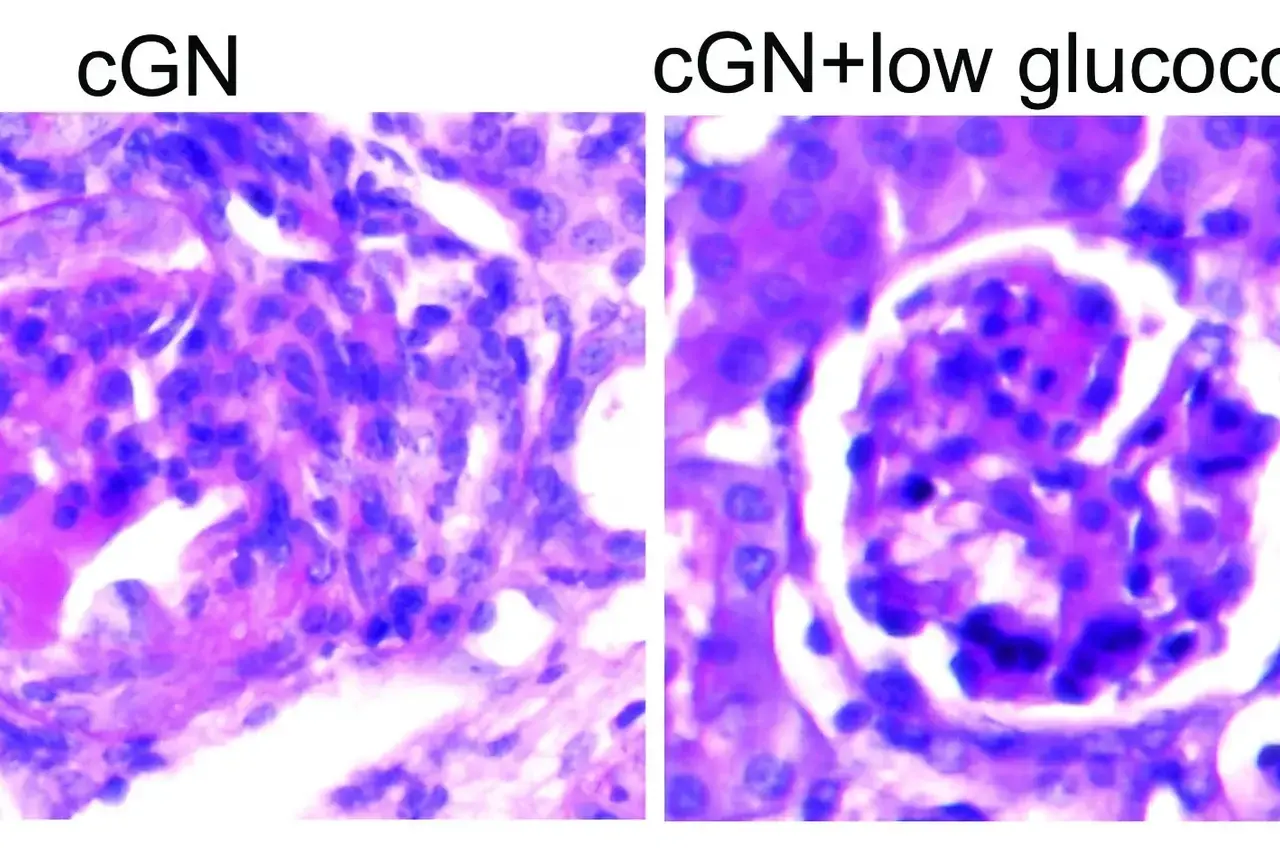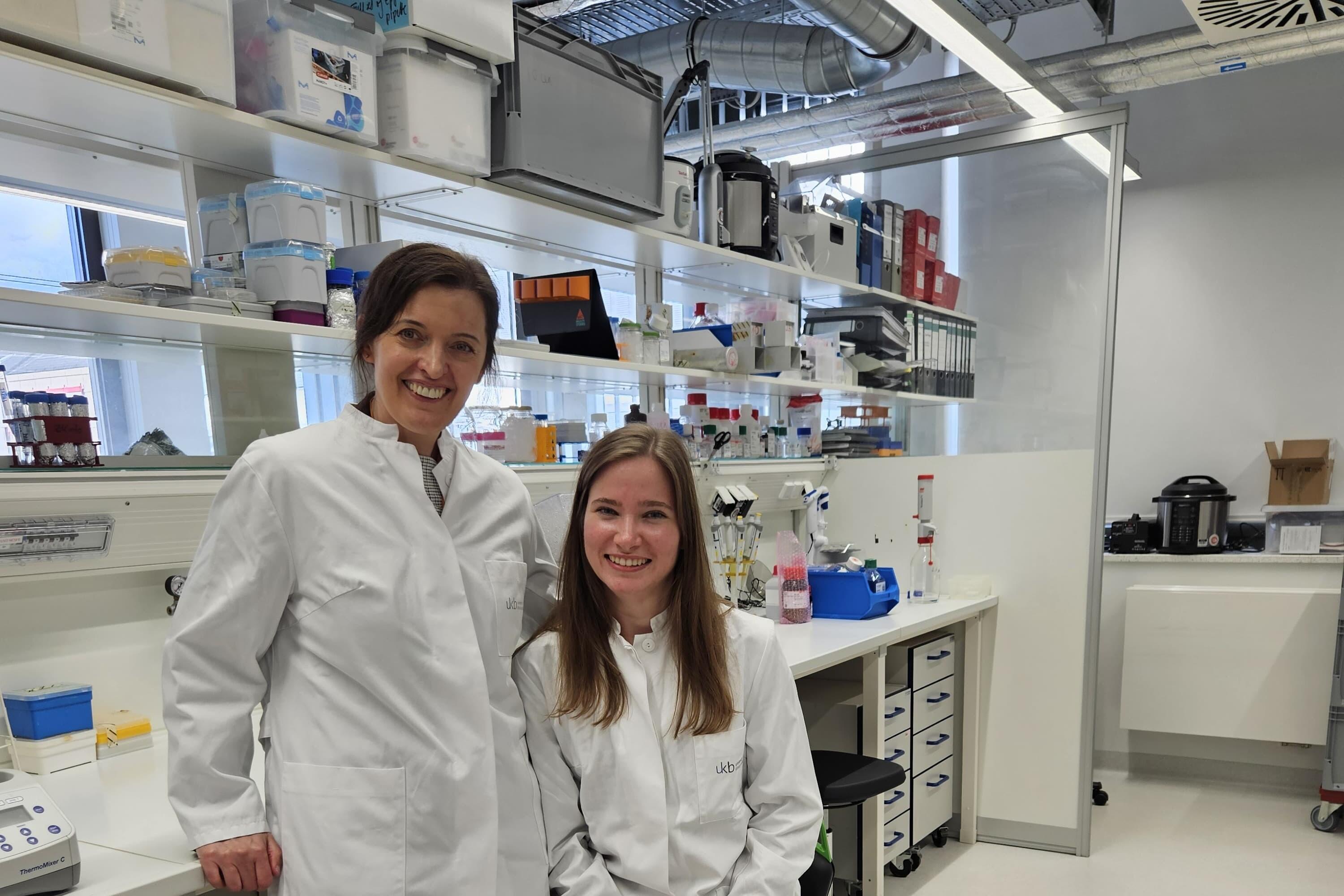Urban Tanzanians have a more activated immune system compared to their rural counterparts. The difference in diet appears to explain this difference: in the cities, people eat a more western style diet, while in rural areas a traditional diet is more common.
A team of researchers from Radboud university medical center (Netherlands), the LIMES Institute at the University of Bonn, the German Center for Neurodegenerative Diseases (DZNE) and the Kilimanjaro Clinic Research Center in Tanzania presents in a recent study that this increased activity of the immune system could contribute to the rapid increase in non-communicable diseases in urban areas in Africa.
The study has been published in the scientific journal Nature Immunology.
The survey was conducted among more than 300 Tanzanians, some of whom live in the city of Moshi and some in the countryside. The team found that immune cells from participants from Moshi produced more inflammatory proteins. The people surveyed had no health problems and were not ill, but an activated immune system may increase the risk for lifestyle diseases, such as cardiovascular disease. The researchers used new techniques to investigate the function of the immune system and the factors that influence its activity. They looked at active RNA molecules in the blood - known as the transcriptome - and the composition of metabolic products in the blood.
"In people with an urban diet, which contains more saturated fats and processed foods, increased levels of metabolites that are involved in cholesterol metabolism were found," says Prof. Mihai Netea, a researcher at the ImmunoSensation2 Cluster of Excellence at the University of Bonn and the Radboud university medical center in the Netherlands. He and his colleagues also found a seasonal change in the activity of the immune system. In the dry season, which is the time of harvest in the study area, the urban people had a less activated immune system.Additionally, these findings from Africa are also relevant for Western countries. Urbanization took place a long time ago in most western countries. By studying populations at different stages of urbanization, researchers therefore have unique opportunities to improve their understanding of how diet and lifestyle affect the human immune system.
Publication
Godfrey S. Temba, Vesla Kullaya, Tal Pecht, Blandina T. Mmbaga, Anna C. Aschenbrenner, Thomas Ulas, Gibson Kibiki, Furaha Lyamuya, Collins K. Boahen, Vinod Kumar, Leo A.B. Joosten, Joachim L. Schultze, Andre J. van der Ven, Mihai G. Netea, Quirijn de Mast: Urban living in healthy Tanzanians is associated with an inflammatory status driven by dietary and metabolic changes. Nature Immunology, DOI: 10.1038/s41590-021-00867-8
Contact
LIMES Institute at the University of Bonn; Radboud university medical center
Phone: +31 243618819
Email: Mihai.Netea@radboudumc.nl
German Center for Neurodegenerative Diseases
University of Bonn
Phone: +49 228 43302-410
Email: joachim.schultze@dzne.de



